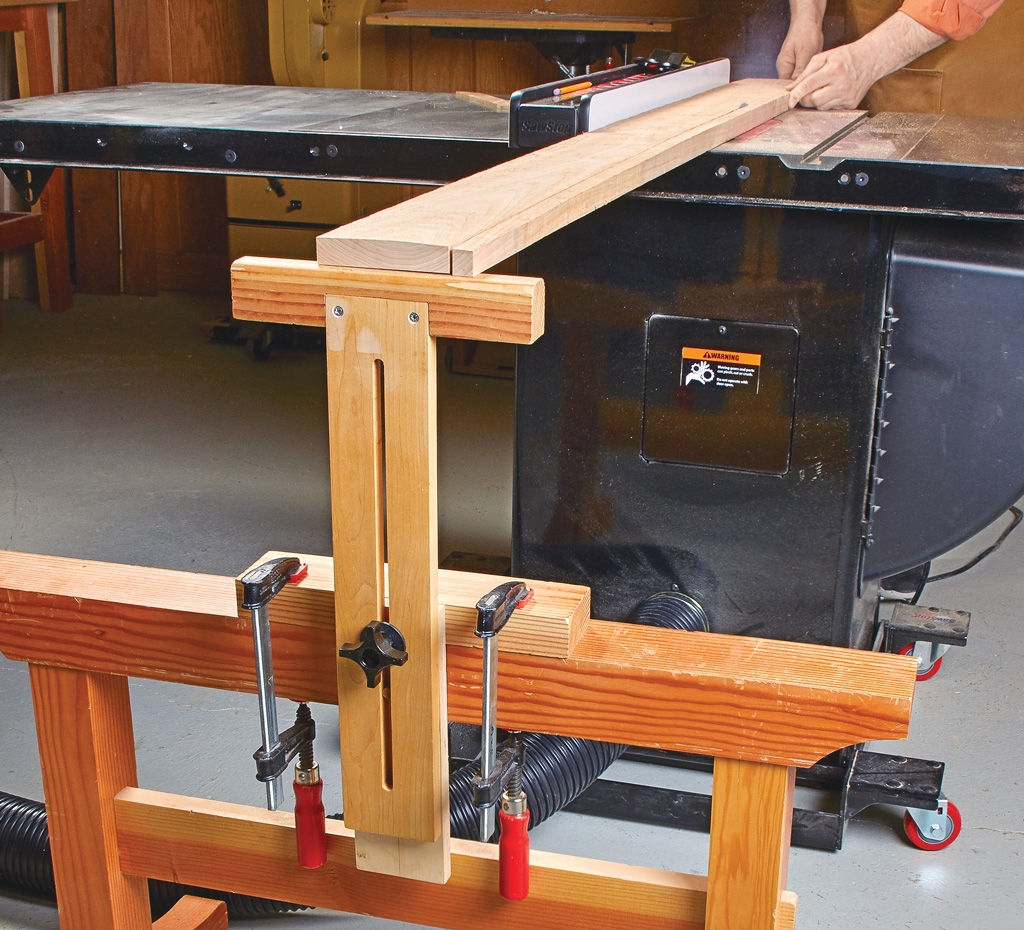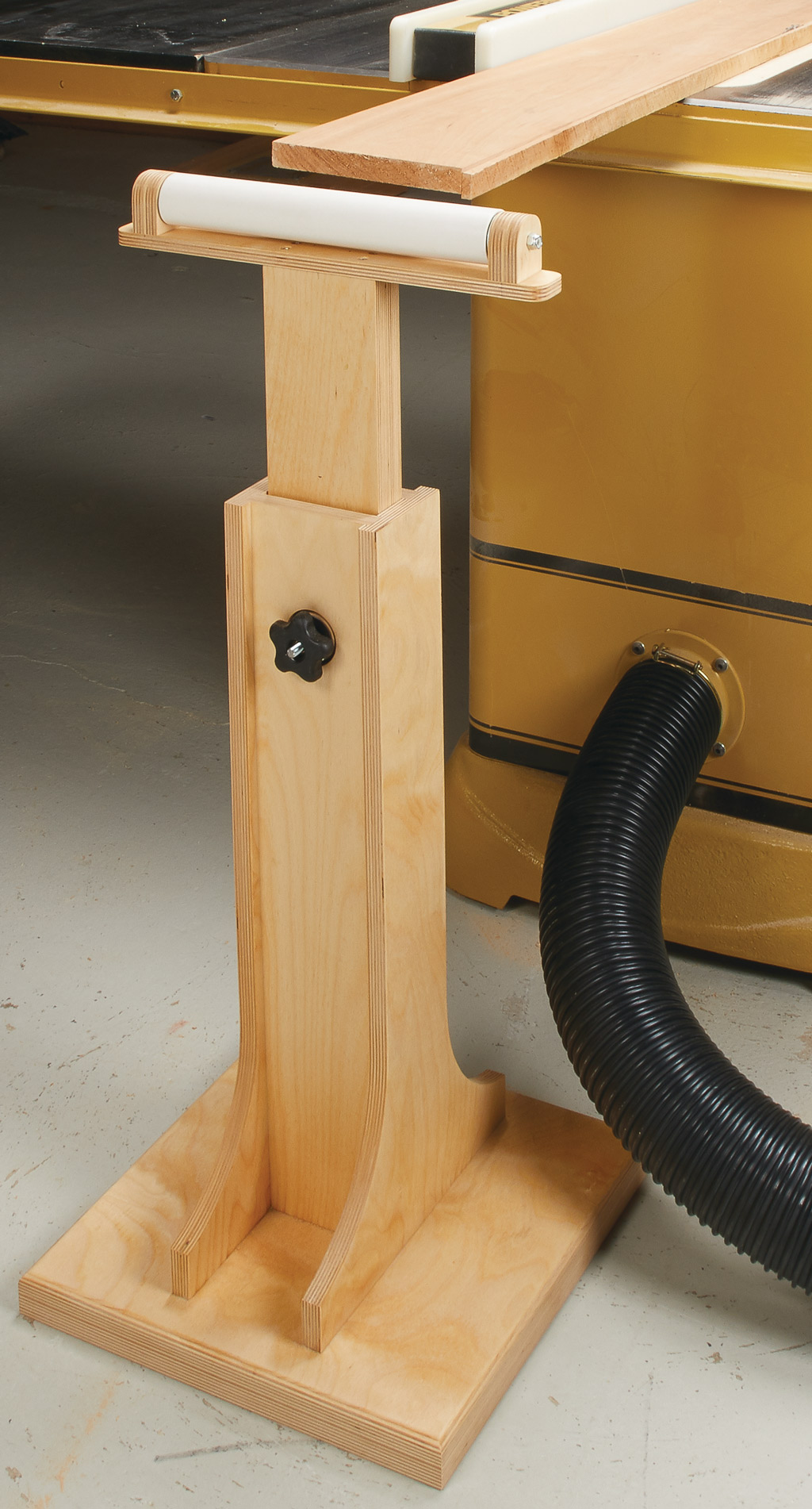When you look at a table saw, it’s easy to see why a spinning saw blade is a danger to your fingers. But problems occur much more often when a workpiece you’re ripping pinches the back of a blade causing the piece to be “kicked back” towards you. Fortunately, this problem is easy to avoid if you follow a few simple rules.

The most important factor in preventing kickback is to be sure your table saw is set up properly. The blade should be aligned with the miter slot and the rip fence aligned with the blade. If they’re not aligned, consult the owner’s manual for your saw.

Another consideration is the height of the saw blade. The higher the blade is raised, the fewer teeth are in the stock at any one time. This means the force of the blade is directed downward, not back, so there’s less chance the workpiece gets pushed back toward you. But, there is a drawback to raising the blade. You may get rougher cuts from the “chopping” action of the teeth. So I compromise and set the blade with the bottom of the gullets just above the top of the workpiece.

Kickback can happen when the saw kerf closes in on the back edge of the blade. The key to preventing this from happening is to use the factory blade guard assembly that comes with your table saw. Not only do most blade guard assemblies have a built-in splitter, but they also have a pair of spring-loaded pawls that are specifically designed to keep a workpiece from kicking back. Shop-Made Splitter. There are times when using the factory blade guard isn’t possible (as when ripping really narrow pieces). In that case, it makes sense to use a shop-made splitter. It's milled to match the thickness of the saw blade, preventing the kerf from pinching the back of the blade. As an added benefit, the splitter is also part of a zero-clearance insert.

In addition to the blade guard or splitter, there are a couple of additional safety accessories you can use. Featherboards provide extra control. It’s like having a third hand to hold the workpiece up against the rip fence. The best thing about a featherboard is that the “fingers” only allow the workpiece to move in one direction, greatly decreasing the chance that the workpiece will be kicked back. A push block helps you maintain firm control over a workpiece while keeping your hands and fingers up out of harm’s way. The one shown in the photo is made from scrap two-by stock.













